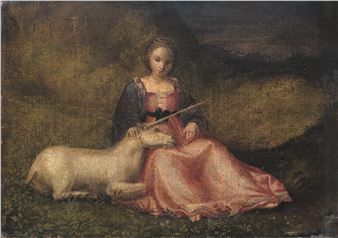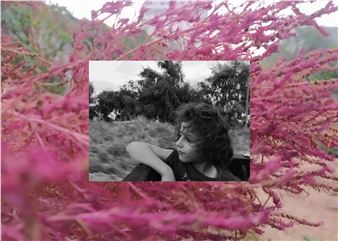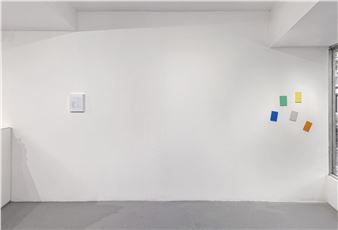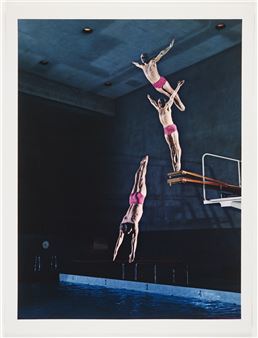Art for War and Peace
At the start of World War ll, Group of Seven artist A.Y. Jackson proposed that high-quality silkscreen prints (serigraphs) of paintings by some of Canada’s most acclaimed artists be produced and shipped to every Canadian Armed Forces unit for display in mess halls and barracks in Europe and beyond.
Jackson hoped the art would remind soldiers on the frontline what they were fighting for and would be coming home to. Jackson had served as a war artist in World War I and recalled how barren the barracks were.
In partnership with the National Gallery of Canada and the Government of Canada, Jackson and fellow artist A.J. Casson worked with expert Toronto printer Sampson-Matthews to turn Jackson’s idea into reality. Some 25 corporate sponsors also helped fund the production.
Thirty painters including Emily Carr, Joseph Hallam, Albert Robinson, Fritz Brandtner, Jackson and Casson and fellow Group of Seven artists agreed to contribute to the war effort. Their 36 different paintings depicted familiar Canadian scenes and landscapes coast to coast.
In Canada, the 30” x 40”, oil on pressboard works in simple oak frames were hung in government offices, banks, insurance companies, libraries, schools and Eaton’s store windows across Canada. They cost $5 each, but only $4 for schools.
The war-time program proved so successful that after the war ended, an additional 24 artists were added to the program and thousands more silkscreens were produced.
Canadian consulates and embassies abroad displayed the works by the country’s finest contemporary artists, while complete sets of the prints were shown around the world in Russia, the U.S., Mexico, Austria and France. The Bank of Montreal had a Sampson-Matthews silkscreen in every branch.
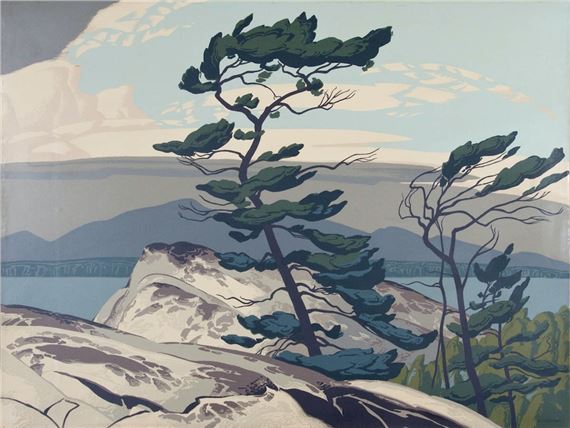
Recommended for you
At the start of World War ll, Group of Seven artist A.Y. Jackson proposed that high-quality silkscreen prints (serigraphs) of paintings by some of Canada’s most acclaimed artists be produced and shipped to every Canadian Armed Forces unit for display in mess halls and barracks in Europe and beyond.
Jackson hoped the art would remind soldiers on the frontline what they were fighting for and would be coming home to. Jackson had served as a war artist in World War I and recalled how barren the barracks were.
In partnership with the National Gallery of Canada and the Government of Canada, Jackson and fellow artist A.J. Casson worked with expert Toronto printer Sampson-Matthews to turn Jackson’s idea into reality. Some 25 corporate sponsors also helped fund the production.
Thirty painters including Emily Carr, Joseph Hallam, Albert Robinson, Fritz Brandtner, Jackson and Casson and fellow Group of Seven artists agreed to contribute to the war effort. Their 36 different paintings depicted familiar Canadian scenes and landscapes coast to coast.
In Canada, the 30” x 40”, oil on pressboard works in simple oak frames were hung in government offices, banks, insurance companies, libraries, schools and Eaton’s store windows across Canada. They cost $5 each, but only $4 for schools.
The war-time program proved so successful that after the war ended, an additional 24 artists were added to the program and thousands more silkscreens were produced.
Canadian consulates and embassies abroad displayed the works by the country’s finest contemporary artists, while complete sets of the prints were shown around the world in Russia, the U.S., Mexico, Austria and France. The Bank of Montreal had a Sampson-Matthews silkscreen in every branch.
Artists on show
- Albert Henry Robinson
- Alexander Young Jackson
- Alfred Joseph Casson
- Arthur Lismer
- Bertram Charles Binning
- Charles Comfort
- Clarence Gagnon
- Douglas Coupland
- Emily Carr
- Fritz Brandtner
- James Edward Hervey MacDonald
- James Williamson Galloway MacDonald
- James Wilson Morrice
- Joseph Sydney Hallam
- Thomas Harold Beament
- Thomas Keith Roberts
- Thoreau MacDonald
- Tom Thomson
- Walter Joseph Phillips

 ARTISTS
ARTISTS









